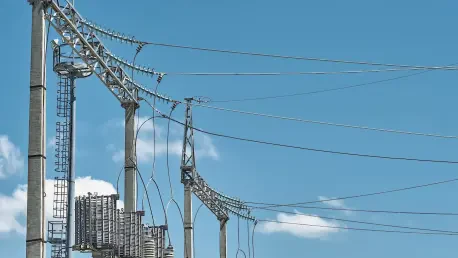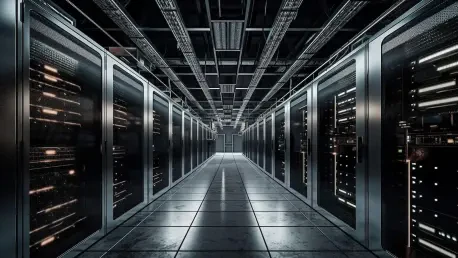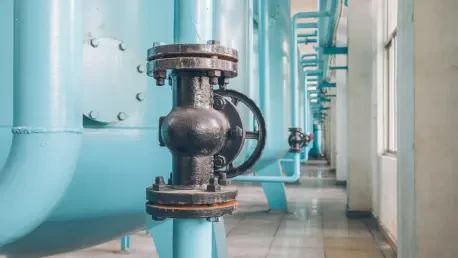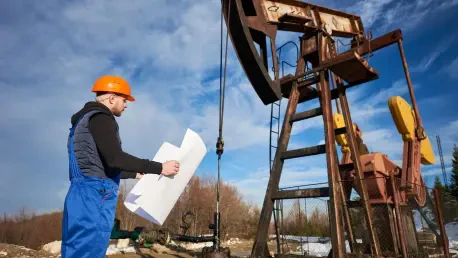
Meeting the demands of evolving global energy needs can be challenging, and those challenges are magnified within the complex network of OPEC nations. The importance of compliance with oil production agreements is a pressing issue facing the Organization of the Petroleum Exporting Countries (OPEC).

The increasing demand for electricity in the United States presents a significant challenge, necessitating innovative solutions such as energy parks. These expansive microgrids are emerging as a strategic tool to alleviate stress on the power system. By co-locating large electricity consumers with

Growing demand for data centers is significantly impacting energy generation, fostering unforeseen environmental and economic consequences. Strikingly, as digital infrastructure burgeons, utilities are increasingly relying on fossil fuel-driven power sources. This trend threatens to derail

Europe's energy landscape has encountered an unexpected challenge as Qatar, one of the world's dominant liquefied natural gas (LNG) exporters, threatens to cut supplies to the European Union (EU). This response is tied to the EU's corporate sustainability due diligence directive (CSDDD), which

The Question of Power Demand What will be the impact on energy consumption as AI technologies become increasingly integral to daily operations? With burgeoning energy demands, AI data centers pose significant challenges, including an anticipated power requirement that could reach upwards of 33.8

In early 2024, a remarkable development unfolded in the global oil industry as the United States emerged as a net exporter of crude oil to Nigeria. This surprising shift illustrated the fluidity of international markets and posed intriguing questions about the future of U.S.-Nigeria oil trade. The